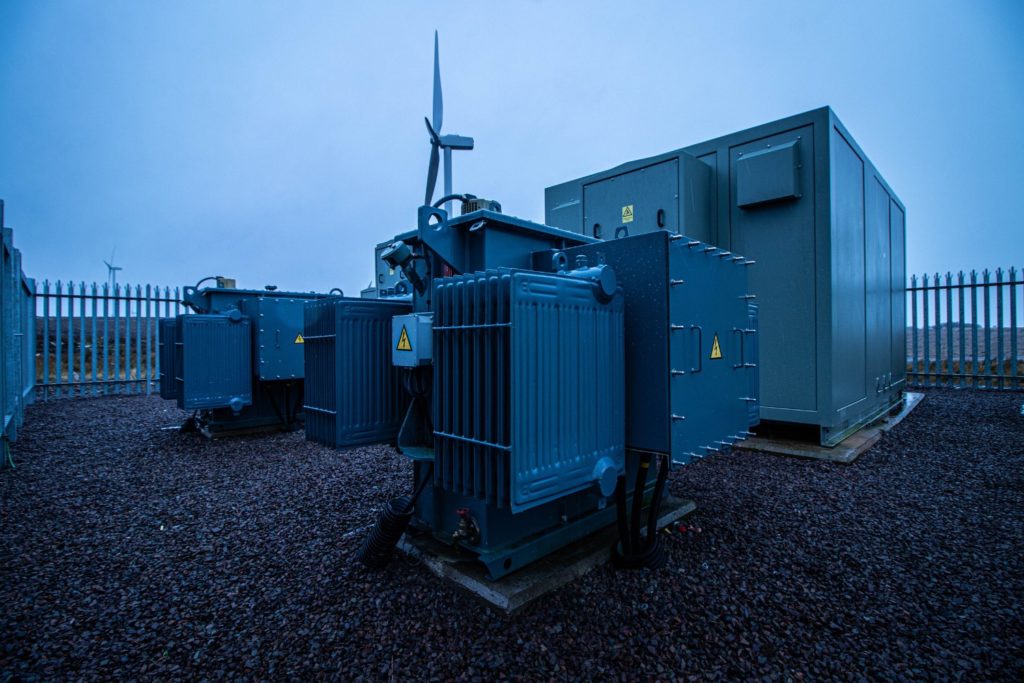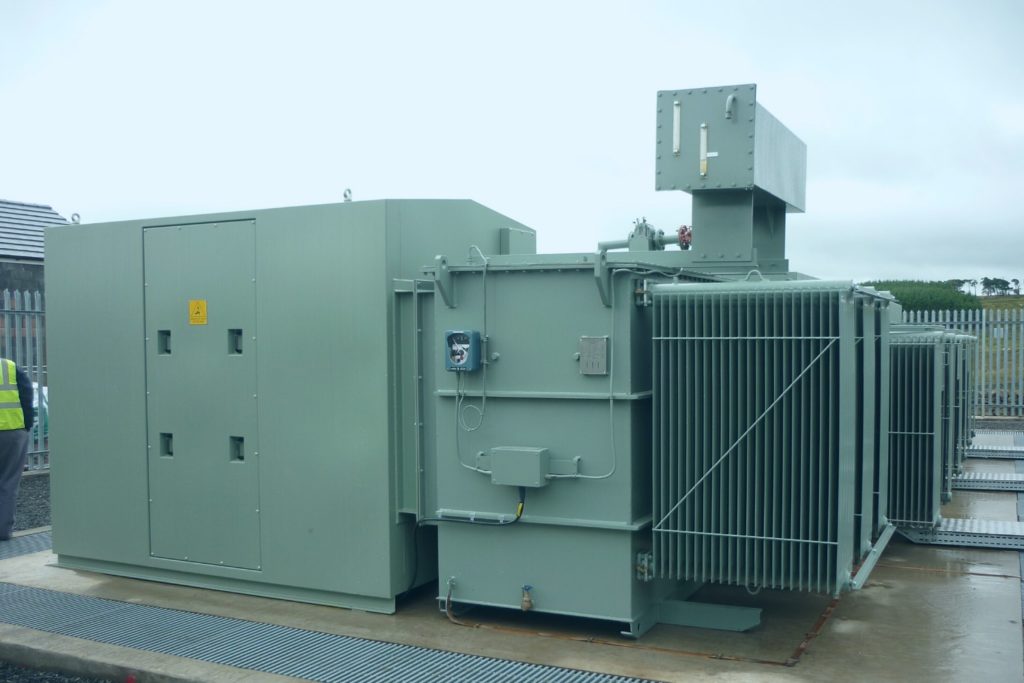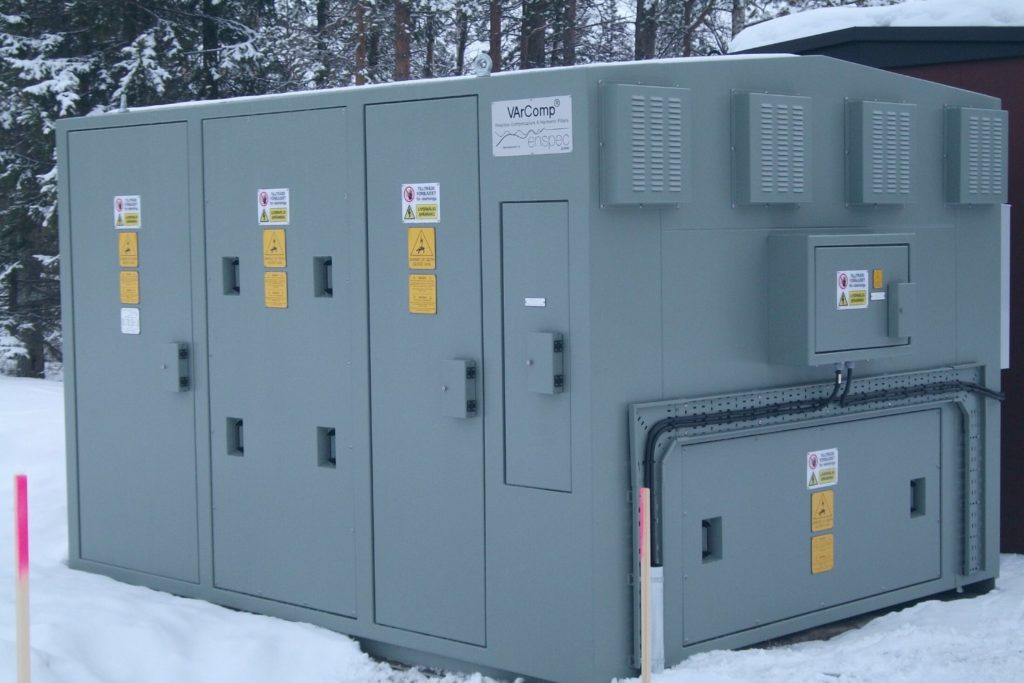Reactive Compensation
Reactive compensation provides any shortfall in reactive capability that is a crucial part of grid code compliance. Obtaining a grid connection agreement is essential to exporting electricity and generating income.
Requirements
MVAr ratings of equipment are typically specified following the necessary power system studies that can be carried out by our engineers or by third party engineers.
Once a finalised specification is agreed upon, we will offer the most cost-effective technically acceptable solution to your needs, be it passive, active or hybrid reactive compensation.
Further to this, we can offer a range of consultancy and support services for specific and/or unique applications.
Our Solutions
We design and manufacture reactive compensators, fully enclosed at distribution voltages from 400V to 36kV and open-rack at higher voltages. We offer a range of technologies including:
- Passive – Power capacitors and shunt reactors provide the
required VAr output. These can be simple non-switched biasing solutions through to Point-on-Wave switched systems to meet strict grid code connection requirements. - Active – Utilising power electronic solutions such as STATCOMS and Static VAr Generators (SVG’s) to inject real time VAr’s for dynamic changes in load and enhanced fault ride through capabilities.
- Hybrid – A combination of both passive and active technologies providing a cost-effective solution, most often used within renewable energy applications such as wind farms.


